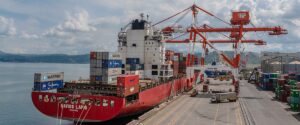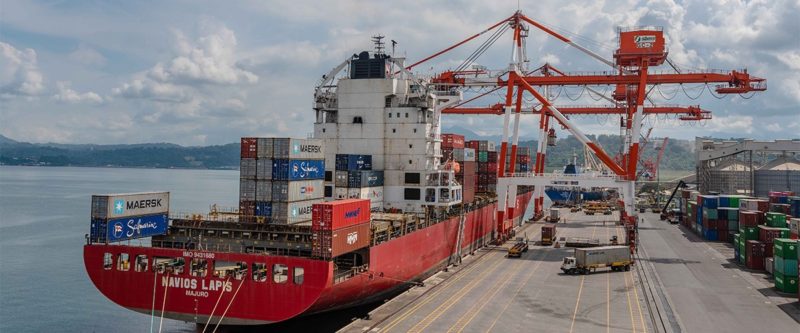-
Container traffic nosedived 26% and non-containerized cargoes declined 20% year-on-year at Subic port in the first nine months of 2020 as a result of decline in global trade due to pandemic-related restrictions
-
Subic port’s revenues dropped 22% in the first nine months of the year from the same period last year
-
Subic Bay Metropolitan Authority is now carrying out port automation, rehabilitation and upgrading projects aiming for less physical transaction and more efficient and sustainable operations

Container traffic at Subic port declined 26% in the first three quarters of 2020 to 170,154 twenty-foot equivalent units (TEU) from 231,038 TEUs in the same period last year as global trade declined due to COVID-19-related restrictions.
The volume of non-containerized cargoes also dropped 20% in the period January-September this year to 5.39 million metric tons (MT) from 6.72 million MT in the same period in 2019, according to Subic Bay Metropolitan Authority (SBMA) senior deputy administrator for operations Marcelino Sanqui at a recent webinar hosted by Transport Events.
SBMA operates and manages Subic port in the Subic Bay Freeport Zone, while Subic Bay International Terminal Corp. holds the contract to manage and operate the port’s container terminals, New Container Terminals 1 and 2.
Ship calls for the first nine months were made by only 1,469 vessels, 37% lower than the 2,336 vessels that called in the same period last year. Truck trips also decreased 35% to 30,932 from 47,628.
With the decline in volumes, Subic port’s revenues dropped 22% to P860.95 million in the first nine months of the year from P1.11 billion year-on-year.
Despite the pandemic, Sanqui said the port has remained open and operational “and has continuously facilitated the flow of essential goods and commodities.”
Automation programs and processes were accelerated during the period, which allowed the online processing of vessel entry applications and other applications that were previously processed manually, Sanqui noted.
Moving forward, SBMA is now embarking on several automation initiatives which include upgrading its vessel traffic management system to incorporate a web-based port management system.
“This is a new system similar to those in advanced ports like Singapore which will allow the management [of] seamless monitoring of vessel movements and port operations as a whole,” he said.
In addition to its current gate management system, the port will roll out additional modules to include transshipment and bring-in permit applications leading towards less physical transactions.
Subic port’s value-added service provider is likewise developing a port community system “that will interconnect and consolidate all current and upcoming automation projects of the SBMA Seaport as well as Trade Facilitation and Compliance Department in just one portal.”
While the pandemic delayed the port’s rehabilitation and upgrading, Sanqui said it also pushed SBMA to plan the building of facilities that are both efficient sustainable to achieve a green port with provisions for shore power and expanded storage spaces to better accommodate port users’ needs during crisis.
Moreover, the national government is bidding off the Subic-Clark Railway project, a 71.13-kilometer railway that will connect Subic Bay Freeport Zone and Clark Freeport Zone in order to support current industrial activities and the potential demand for freight services along the Subic-Clark corridor.
The Bases Conversion and Development Authority re-bid this month the P1.5 billion consulting services package of the project, which has a total project cost of P50 billion, of which P42.5 billion will be financed via official development assistance. – Roumina Pablo





